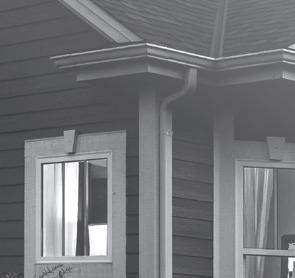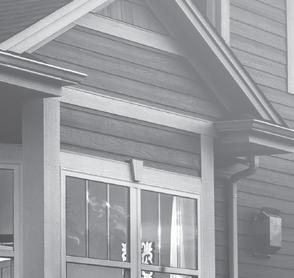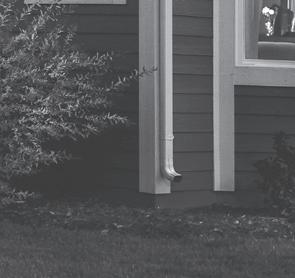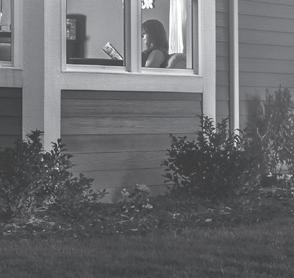
2 minute read
FOURTEENER
the Quandary trail’s improvements. In 2018, the next iteration of the report card, the trail received an A-. It hosted 38,000 people that year.
“There were more than twice the amount of people on it, but the trail was better,” Athearn said. He emphasized that high numbers don’t necessarily mean high impact. “If you have a good trail, people are going to follow it like cattle. Nose to tail,” he said. “And that’s a good thing, right? That means they’re not going to be going off that have historically been underrepresented, underserved or under-resourced. The grant is not for programming, but provides for other needs such as strategic plan- trail, picking flowers, damaging the ecosystem.”
Higher concentrations of visitors on popular peaks is also a boon for local search and rescue crews. “From a rescue standpoint, to go back up the same trail again to rescue someone with a broken ankle, it gets a little monotonous,” Jeff Sparhawk, executive director of Colorado Search and Rescue, said. “But, if we had to go search for people all over the place, searches take a long time. And that’s volunteer time. That’s time away from work or time away from family.” ning, professional development for board and staff, technology, etc.
Sparhawk added that locals go wherever they want to go. They understand traffic patterns, and know where they can find solitude.
A total of $33,100,000 in grants will be awarded, with selected organizations awarded up to
The majority of rescues that COSAR conducts are for out-of-state visitors. Sparhawk hesitated to say it aloud, but added that keeping those travelers on a few consolidated peaks makes COSAR’s job easier.
Athearn recently had the opportunity to talk with climbers on Grays while a helicopter flew logs to the summit. While he was holding the foot traffic back, he asked where all of the climbers were from. “I recall only about five people from Colorado,” he said. “There was an extended family from St. Louis, a woman from Maryland, a man from Wisconsin, some people from Los Angeles, Texas, Kentucky, Tennessee.”
$100,000.

To apply, interested applicants should contact their geographically-appointed Regional Access Partner directly for technical assistance and to learn more about the process, criteria and funding.
The application will open on July 5 and close on Aug. 31.
To learn more, visit dlg.colorado. gov/nonprofit-infrastructuregrant-program.
Ultimately, Athearn encouraged Coloradans to think more broadly. “The thing that’s always hard for communities to understand is that these are our national forests and our national parks,” he said. “They may be located largely in the West, they may be in our backyards, but they’re really owned by all the people in the USA.”
This story is from The Colorado Sun, a journalist-owned news outlet based in Denver and covering the state. For more, and to support The Colorado Sun, visit coloradosun. com. The Colorado Sun is a partner in the Colorado News Conservancy, owner of Colorado Community Media.




























